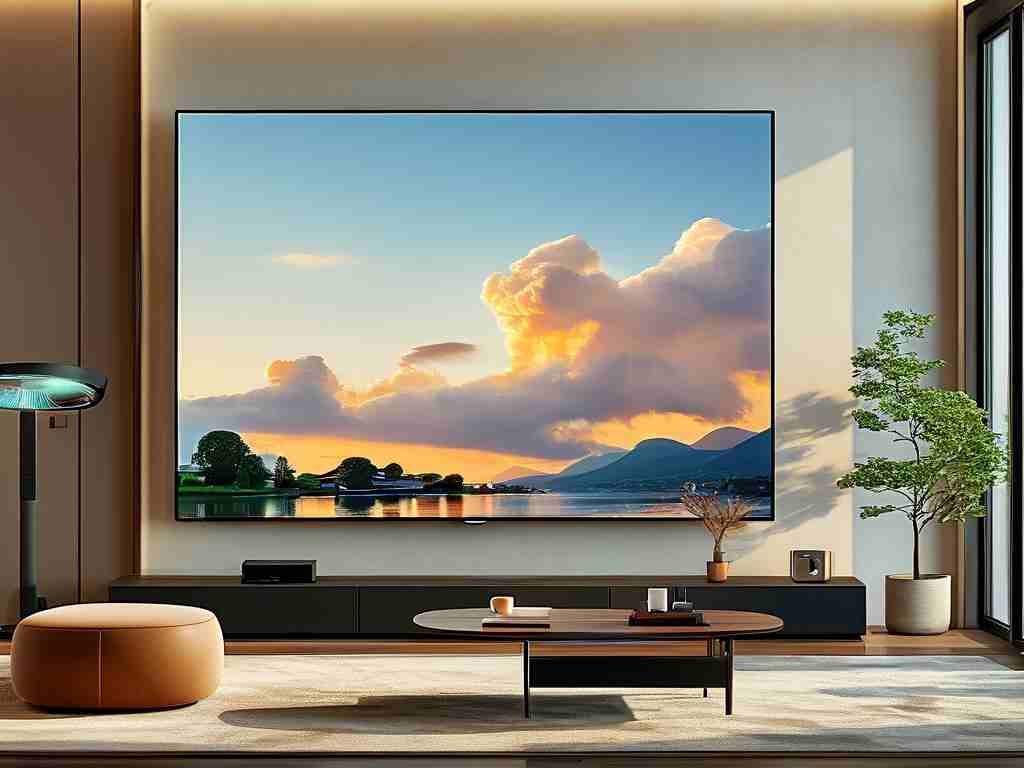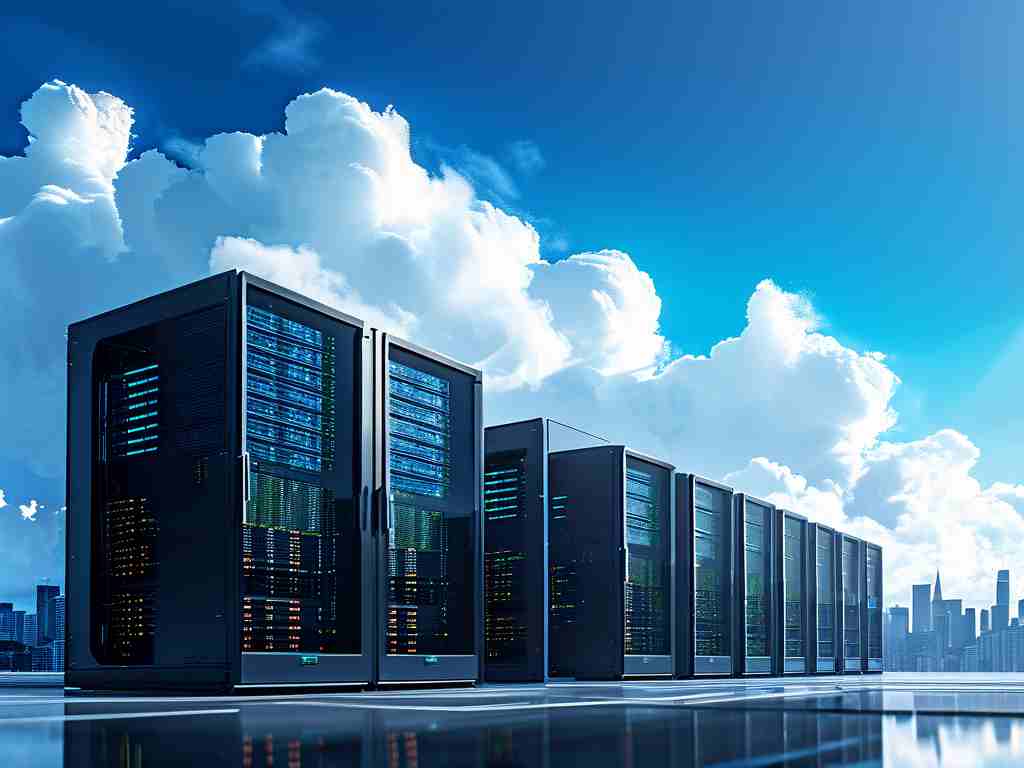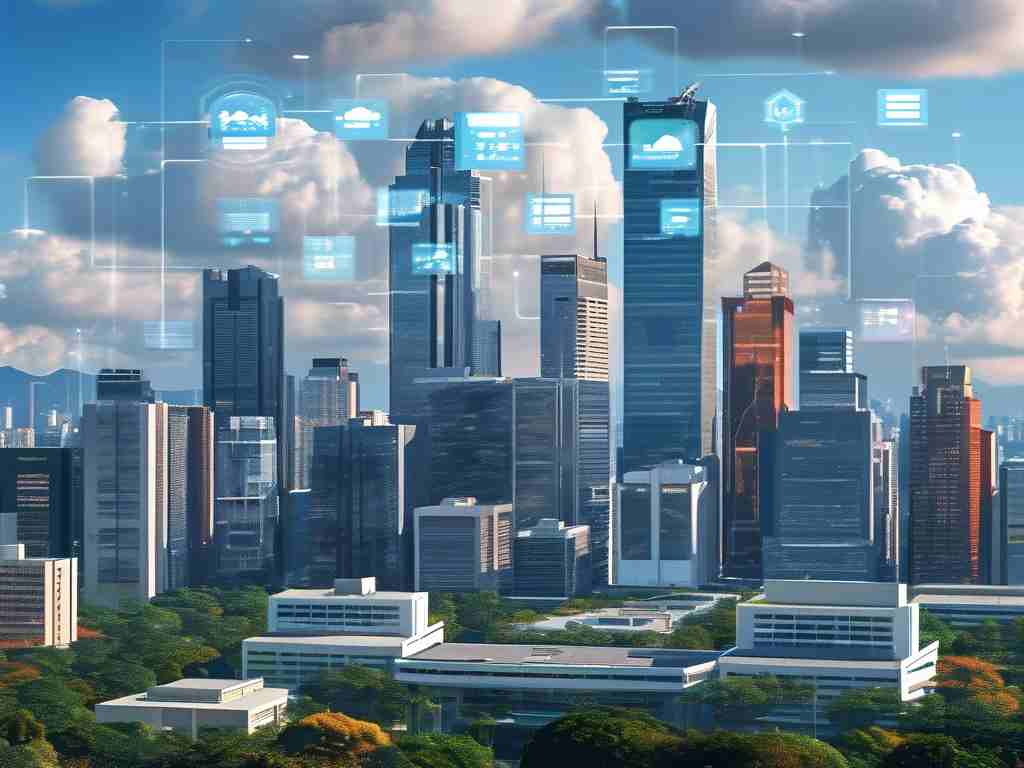In the rapidly evolving landscape of smart home technology, Panasonic has emerged as a pioneer with its hybrid cloud architecture, blending localized edge computing with scalable cloud solutions. This innovative approach addresses critical challenges in data security, latency reduction, and system reliability, positioning Panasonic’s smart ecosystems as a benchmark for modern connected living.

At the core of Panasonic’s hybrid model lies a decentralized framework where edge devices—such as sensors, cameras, and IoT controllers—process data locally. For instance, a motion detector in a Panasonic-powered security system analyzes activity patterns on-device, triggering immediate alerts without relying on cloud servers. This minimizes latency during emergencies while reducing bandwidth consumption. Simultaneously, non-urgent data, like energy usage trends or appliance diagnostics, is asynchronously uploaded to the cloud for long-term analytics and system optimization.
Security remains a paramount concern in smart homes, and Panasonic’s architecture tackles this through multi-layered encryption. Sensitive data, including biometric access logs, undergoes AES-256 encryption at the edge before transmission. Cloud-stored information is further protected using quantum-resistant algorithms, a forward-looking measure against evolving cyber threats. To demonstrate this, consider the following simplified code snippet illustrating their dual-layer encryption process:
def encrypt_data(data, edge_key, cloud_key):
edge_encrypted = aes_encrypt(data, edge_key)
cloud_ready = quantum_encrypt(edge_encrypted, cloud_key)
return cloud_ready
This approach ensures that even if one layer is compromised, the data remains secure.
Another standout feature is the architecture’s adaptive scalability. During peak usage—such as holiday seasons when smart appliances and entertainment systems operate simultaneously—the system dynamically offloads computational tasks to the cloud. Conversely, in low-activity periods, it reverts to edge processing to cut operational costs. This elasticity is managed via Panasonic’s proprietary orchestration platform, HomeFlow Engine, which uses machine learning to predict usage patterns and allocate resources proactively.
Interoperability is another strength. Panasonic’s hybrid cloud supports cross-platform integration through open APIs, allowing third-party devices from brands like Philips Hue or Nest to seamlessly join the ecosystem. A user might configure a morning routine where blinds open via a Panasonic edge controller, while a cloud-based AI adjusts the thermostat based on weather forecasts fetched from external services.
Real-world applications highlight this architecture’s efficacy. In a pilot project in Tokyo, Panasonic deployed its system across 200 households, achieving a 40% reduction in energy costs by synchronizing solar panel outputs (processed locally) with grid price fluctuations (analyzed in the cloud). Residents also reported a 30% improvement in system response times for security alerts compared to traditional cloud-only setups.
Looking ahead, Panasonic plans to integrate 5G edge nodes into its framework, enabling near-instantaneous device-to-device communication for applications like augmented reality home maintenance guides. Additionally, partnerships with renewable energy providers aim to create cloud-managed microgrids, further cementing the hybrid architecture’s role in sustainable living.
Critics argue that the complexity of hybrid systems could increase maintenance overhead. However, Panasonic counters this with over-the-air (OTA) updates and self-healing protocols embedded in both edge firmware and cloud services. For example, if a firmware anomaly is detected, the cloud dispatches a patched version while the edge device temporarily switches to a failsafe mode—a process transparent to end-users.
In , Panasonic’s hybrid cloud architecture redefines smart home ecosystems by harmonizing the immediacy of edge computing with the analytical power of the cloud. As privacy concerns grow and connected devices proliferate, this balanced model offers a blueprint for resilient, efficient, and user-centric smart living.









